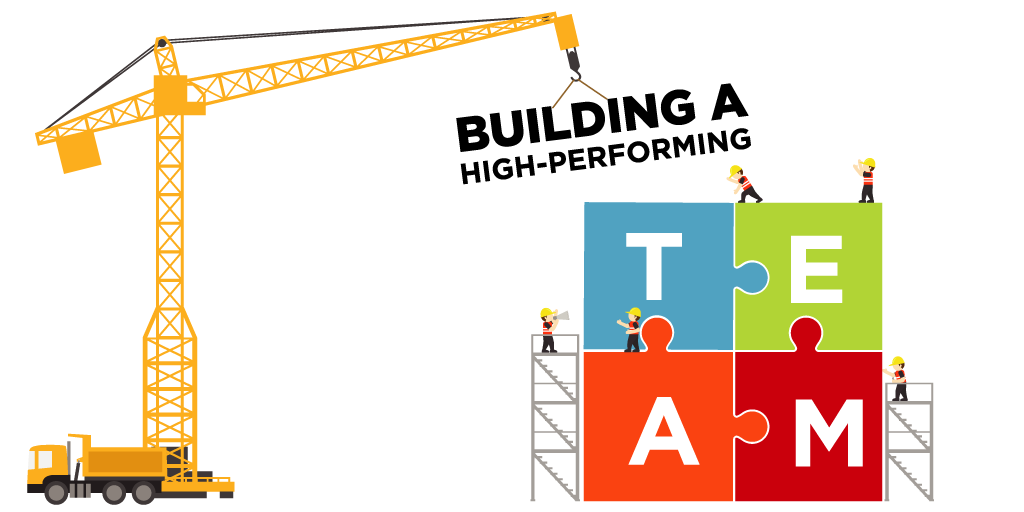The APA (American Psychological Association) defines performance as “any activity or collection of responses that leads to a result or has an effect on the environment”. However, in the current fast-paced and result-oriented business world, performance can’t be equated with simply a result or an effect. It has to be a good, rather exceptional result for you to be qualified as a great performer, contributing individually and in teams. And to be honest, it’s a fair expectation that organizations have of their teams considering the pandemic, economic downfall and the severe competition that they face, that being the best is their only option to survive. However, companies no longer want to survive. They want to thrive!
Ironically, in my experience as an L&D Professional for the past year, the majority of the business challenges that have required learning interventions have been to help organizations intensify the performance level of their employees, either directly or indirectly. The large organizations announcing lay-offs and the upcoming recession all point to the necessity and significance of high-performing teams. Unless you are a true value-creator, self-starter and a resourceful individual contributing to a much larger team effort, it is easy to say that you are replaceable- either by AI or by another high-performing individual.
Nevertheless, the secret to high performance is not simply a one-way understanding. Organizations that thrive must provide their employees/teams with opportunities. And by opportunities I not only mean growth opportunities, but opportunities to make mistakes, fail, fall, get up and re-try, explore, and make the teams accountable during their entire journey. Here are certain psychological strategies that organizations as well as teams must adopt to foster high-performance:
IIBP- Newsletter – Shraddha Shah
1) Perceiving that it’s all a domino-effect: I remember that the first discussion that my I-O Psychology class began with was our professor asking us the difference between teams and groups. When we talk about teams, it is assumed that the task of every member is dependent on the task of another member. This kind of interdependence is bound to create both- differences (it’s not my way of doing things) as well as a feeling of synergy (oh, that’s a better way to do it). In order for the team effort to be greater than the sum of its individual efforts it is significant that the organizations set the expectations right and encourage individuals to be responsible and accountable for their tasks.
2) Psychological safety: Psychological safety or the belief that one will not be punished or humiliated to speak their own ideas, concerns, questions or even mistakes is the foundation to high performance. Amy Edmondson, who coined the word ‘Team psychological safety’ says “that this group level phenomenon shapes the learning behavior of the group and in turn affects team performance and therefore organizational performance”. This allows members to feel more engaged, motivated to lay out their opinions, ultimately leading to better decisions from the vast range of perspectives shared. With teams losing a sense of belongingness with remote working, managers must take additional efforts to reinforce psychological safety within teams, and thus encourage high performance.
3) Building a culture of learning: High-performance builds only when teams are allowed to fail and learn from their mistakes, making psychological safety a necessity for the culture of learning to follow. Adding my L&D expertise, there are many organizations that spend a lot and are committed to foster such a culture. However, more often than not they fail because they don’t have a follow-up plan to reinforce the learning culture. A shared and transparent communication from the top leadership and people managers helps in continuing the culture and applying the learnings from their training.
These are in my opinion top 3 strategies that are most crucial to building team dynamics in the workplace. Rest like the role of leadership, communication, trust, collaboration, diversity, adaptability etc. will follow if teams and organizations understand and imbibe these parameters.
References
American Psychological Association. (n.d.). Performance. In APA Dictionary of Psychology. Retrieved from https://dictionary.apa.org/performance
Burkus, D. (2022, November). The Secrets to High-Performing Teams. Retrieved from https://davidburkus.com/2022/11/the-secrets-to-high-performing-teams/
Harvard Business Review. (2023, February). What is Psychological Safety? Retrieved from
https://hbr.org/2023/02/what-is-psychological-safety
Impact International. (2021, January). The Secret Behind High-Performing Teams. Retrieved from
https://www.impactinternational.com/blog/2021/01/secret-behind-high-performing-teams
Positive Psychology. (n.d.). Psychology of Teamwork: The Essential Ingredients for HighPerforming Teams. Retrieved from https://positivepsychology.com/psychology-teamwork/
About the Author


